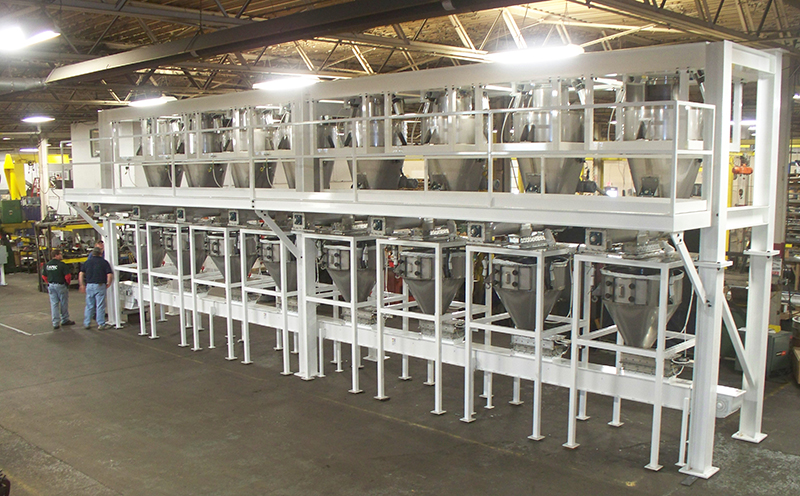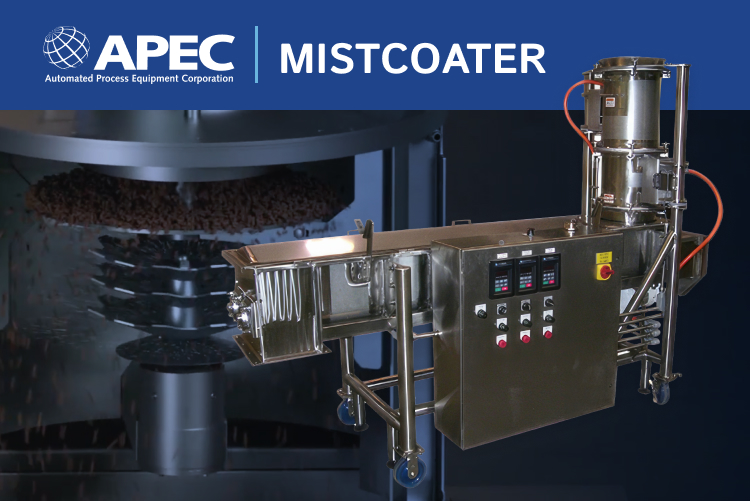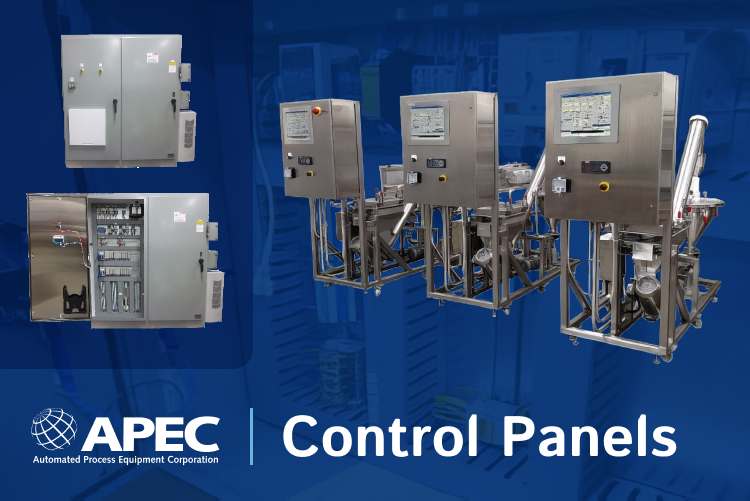
Recently, labor shortages have raised issues for businesses in almost every industry. As employers struggle to build production back up and reopen after closing during the peak of the COVID-19 pandemic, finding or re-hiring qualified workers has proven to be difficult. Though recent events have worsened the labor gap, the labor shortage is not new for many industries, as more workers retire and skills requirements increase. Automation offers solutions to some of these problems. Here’s how automation can help overcome labor shortages in bulk material handling systems.
Using Automation in Bulk Material Handling Systems to Overcome Labor Shortages
Super Sack Handling
Using smaller, individual bags in bulk material handling requires lots of workers’ time and energy. Moving to super sacks can help to keep the system running smoothly and reduce the manpower needed to run it. This is one of the easiest ways to start overcoming labor shortages in bulk material handling systems, and it can also help to reduce costs, speed up the process, and reduce injuries and liabilities for the remaining employees.
It’s important to install the right super sack handling equipment when making the move from smaller bags. Injuries from falling or unbalanced super sacks or improperly cut bags can endanger employees. Use the right precautions when handling super sacks, and get the right bulk bag unloader equipment to make sure the bag is anchored safely, and the material flows properly.
Accurate Measuring
Throughout the bulk material handling system, accurate measurements help to reduce error and reduce the need for human intervention. One person can take a few minutes to calibrate, test and verify measurement instruments, but it takes multiple people and much more time to fix mistakes due to inaccurate measurements.
Make sure the load cell that you’re using is suitable for the equipment and the material that you’re working with. The capacity and accuracy of the load cell must make sense with the amount of material you’re working with and the tolerances you need. Regular testing and verification can help to ensure that the load cell is accurate. If you’re measurements are consistently off, look for common problems that can affect your load cells and measurement instruments.
Automatic Routing
A material handling system with automatic routing will move materials from one part of the process to another, with no human intervention required. This helps to overcome labor shortages in bulk material handling and reduce the repetitive, monotonous work of moving material from one stage to another.
This is often one of the first processes to be automated. Waiting for an operator to set up and move material downstream to packaging and lout-out eats into production time, and can easily introduce error. Relatively simple programming and controls can automate this process and move material quickly to the next step.
Easily Reprogrammable Controls
If a process changes, your materials change, or you need to replace or upgrade a machine, the controls operating the system must change accordingly too. For many computers or PLCs, this requires a trained engineer. Working through ladder logic and proprietary programming can take hours, even for an expert. Using simple, intuitive controls that can be easily reprogrammable will help to reduce the time and expertise needed to make changes or improvements to your process.
Electronic Record-Keeping
Tracking ingredients, weights, lot numbers, dates and more are all essential for FSMA compliance, product quality and safety. Most likely, some parts of this record-keeping system are already automated in your bulk material handling system. Adding automated labeling and RF code tracking systems can help to simplify this process further, increase accuracy and free up workers’ time for tasks that need human attention.
There are many benefits to automation in bulk material handling systems, and many other industries and processes as well. If you’re struggling to fill positions in a process, but you’re not sure about investing in automation, go through an automation considerations checklist. When you consider all the factors involved, you’ll be able to make the most informed choice about growing your workforce or expanding your equipment.







